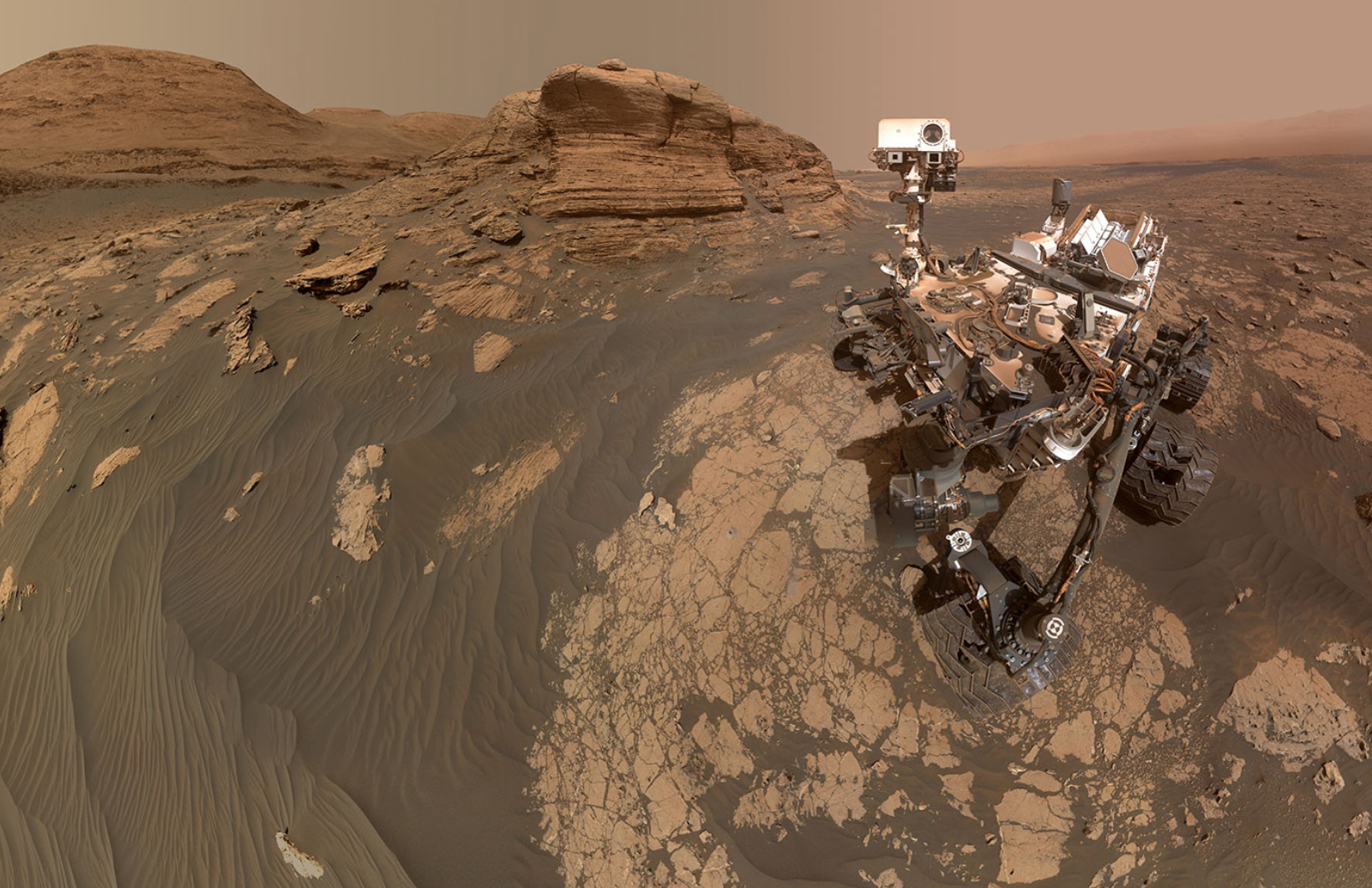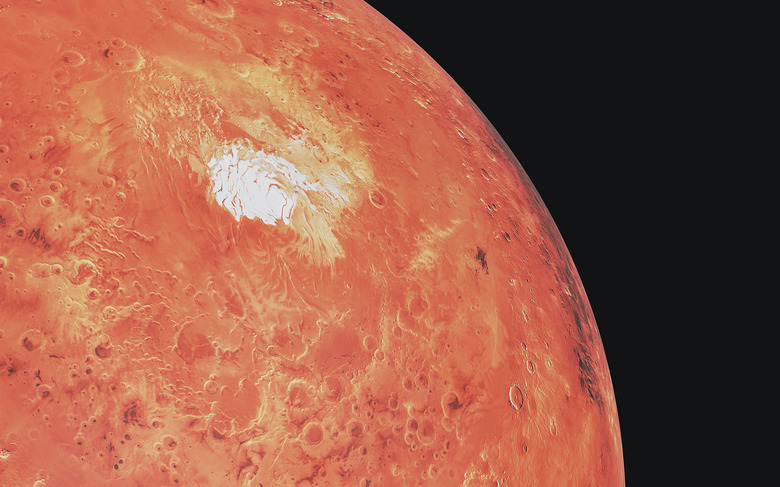Researchers Found Key Evidence Of How Mars' Atmosphere Has Changed Over The Years
Researchers say they have gathered evidence of Mars' atmosphere sputtering for the first time. Understanding how Mars' atmosphere has changed over time will undoubtedly help us discover more about the planet's past and how habitable it might be in the future.
It's widely believed that Mars once had a proper atmosphere, allowing for rivers and lakes to exist on the surface of the Red Planet. However, uncovering proper evidence of how these rivers and lakes eventually dried up has been difficult.
Considering we might not ever see the return of the samples gathered by the Mars Sample Return mission, scientists are looking for other ways to learn more about one of our closest neighbors. To truly understand how Mars' atmosphere has changed over the years, researchers took a closer look at nine years' worth of data.

The data was captured by NASA's MAVEN, which entered a Mars-bound orbit back in 2014. Since then, the spacecraft has captured countless hours of data about the planet, including several bits about its atmosphere and the ongoing erosion that it experiences.
Now, the researchers have published their findings in Science Advances, highlighting the sputtering of ions around the atmosphere, which they believe has been one of the key drivers of the erosion of the Martian atmosphere.
The researchers found that above an altitude of 350 kilometers (217 miles), the density of argon, one of the key ions used to track atmosphere sputtering, varies greatly depending on the orientation of the solar wind electric field. Lower in the atmosphere, these density levels remain more consistent.
Of course, this is just one piece in the puzzle of what happened to Mars' atmosphere over the years. It also gives us a lot of information about how different sputtering is now compared to millions of years ago, when the Sun was younger and thus more active.
